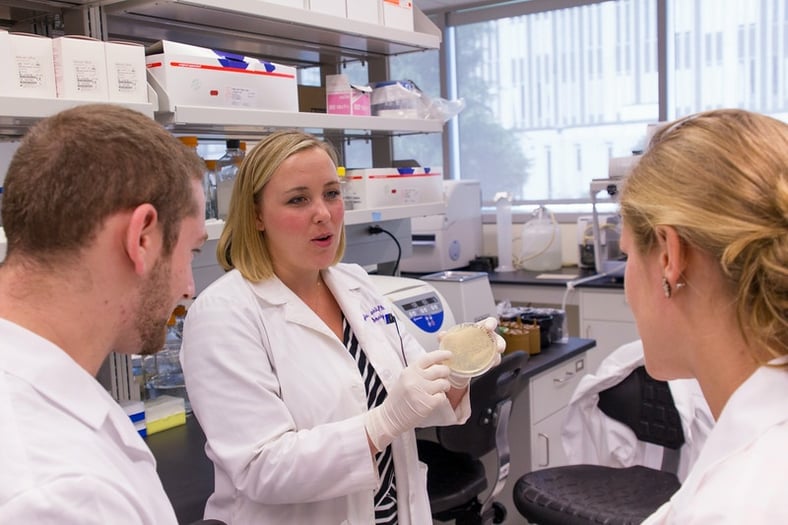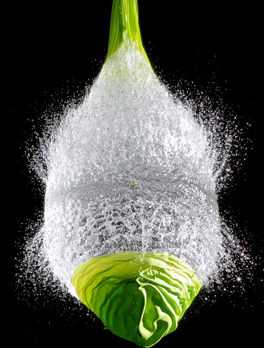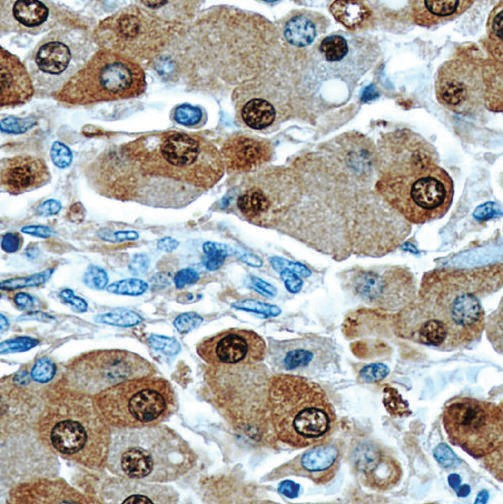Protein extraction from plant, animal, fungi, bacteria, etc is well known using different techniques. Many buffers are used to solubilize water-soluble proteins. There are few proteins which are insoluble and are rigid to be extracted by physical means or they lose activity when extracted by denaturants. One of the promising methods is to use organic solvents to extract proteins inactive state. C4 and C5 alcohols (butanol, pentanol) are mostly used for the purpose as they act as differentiating solvents. When an organic solvent is added to a protein solution followed by ammonium sulfate, the solution separates into three phases. Upper organic phase and lower aqueous phase, depending on the concentration of ammonium sulfate some proteins precipitate out and form an intermediate layer.







